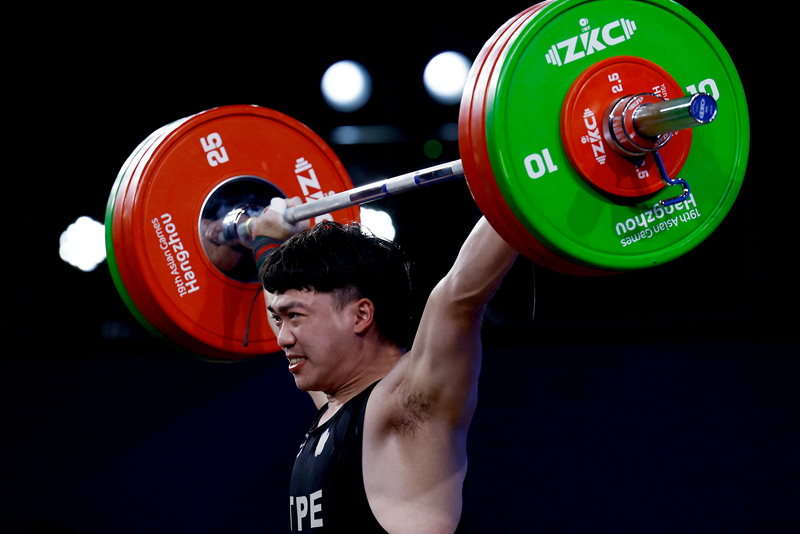Protein nutrition: is whey alone enough for recovery?

As we often said in previous articles, one of the most important aspects of any training program is ensuring fast recovery. The faster and more completely an athlete can recover, the sooner he or she will be refreshed and physiologically ready to train again. One key ingredient of post-exercise recovery is rest; the other of course is nutrition. During the 1970s and 80s, numerous studies in the scientific literature demonstrated that consuming post-exercise carbohydrate (for muscle glycogen replenishment) was vital for rapid recovery. However, while much of this early research into post-exercise recovery focused on the benefits of carbohydrate feeding(1), sports scientists quickly began to appreciate that consuming protein after exercise was also critical for ensuring optimum recovery, both in terms of muscle growth and to repair damaged muscle tissue(2-4). As a result, it is now standard practice (or should be!) to consume both protein and carbohydrate post-exercise.
Protein and recovery
In order to maximize the time available for recovery, it makes sense to consume protein (and carbohydrate) for that recovery sooner rather than later following exercise. Given this imperative, most post-exercise recovery protocols recommend the ingestion of faster digesting and releasing proteins and carbohydrates shortly after exercise, especially when the athlete is required to perform again soon (eg in competition heats of multi-day events). In the case of proteins, those that are more rapidly digested into the constituent amino acid building blocks such as whey protein (from milk) are recommended over slower digested proteins such as casein (another milk protein) and beef. Some scientists have also argued that fast digesting protein post exercise is important because muscles are better ‘primed’ to absorb nutrients immediately after exercise than later; however, the current consensus is that so long as enough total protein is consumed within a day or so after exercise, this is less of an issue(5).
Why athletes love whey
There’s a reason why whey protein has long been regarded as the top dog of post-exercise recovery proteins; not only is it broken down rapidly into amino acid building blocks, it also contains all of the essential amino acids, and is particularly rich in an amino acid called leucine. Like all the amino acids in protein, leucine serves as a building block of muscle tissue. In recent years however, scientists have discovered that leucine plays a special role in this process – probably by acting as a ‘signalling molecule’, helping to switch on genes involved in muscle protein synthesis(6). Indeed, research shows that when the leucine content of protein is high, even modest amounts of post-exercise protein can stimulate muscle growth, and also that giving much larger quantities of protein doesn’t result in commensurate extra muscle growth (see figure 1)(4). In short, whey protein (which contains high levels of leucine) is perfect for promoting muscle growth and repair – exactly what athletes need!
Figure 1: Muscle tissue synthesis: zero vs. low vs. high protein recovery drinks
You need to be logged in to continue reading.
Please register for limited access or take a 30-day risk-free trial of Sports Performance Bulletin to experience the full benefits of a subscription. TAKE A RISK-FREE TRIAL
TAKE A RISK-FREE TRIAL
Newsletter Sign Up
Testimonials
Dr. Alexandra Fandetti-Robin, Back & Body Chiropractic
Elspeth Cowell MSCh DpodM SRCh HCPC reg
William Hunter, Nuffield Health
Newsletter Sign Up
Coaches Testimonials
Dr. Alexandra Fandetti-Robin, Back & Body Chiropractic
Elspeth Cowell MSCh DpodM SRCh HCPC reg
William Hunter, Nuffield Health
Keep up with latest sports science research and apply it to maximize performance
Today you have the chance to join a group of athletes, and sports coaches/trainers who all have something special in common...
They use the latest research to improve performance for themselves and their clients - both athletes and sports teams - with help from global specialists in the fields of sports science, sports medicine and sports psychology.
They do this by reading Sports Performance Bulletin, an easy-to-digest but serious-minded journal dedicated to high performance sports. SPB offers a wealth of information and insight into the latest research, in an easily-accessible and understood format, along with a wealth of practical recommendations.
*includes 3 coaching manuals
Get Inspired
All the latest techniques and approaches
Sports Performance Bulletin helps dedicated endurance athletes improve their performance. Sense-checking the latest sports science research, and sourcing evidence and case studies to support findings, Sports Performance Bulletin turns proven insights into easily digestible practical advice. Supporting athletes, coaches and professionals who wish to ensure their guidance and programmes are kept right up to date and based on credible science.









